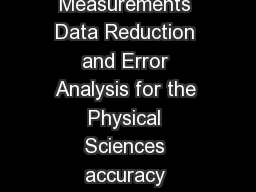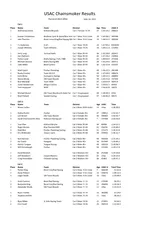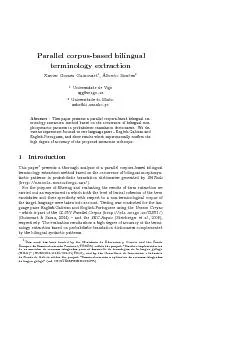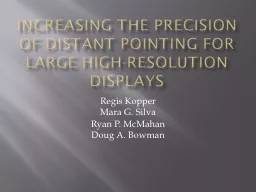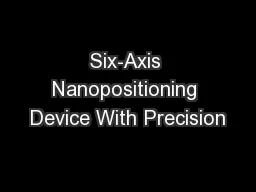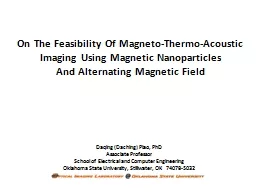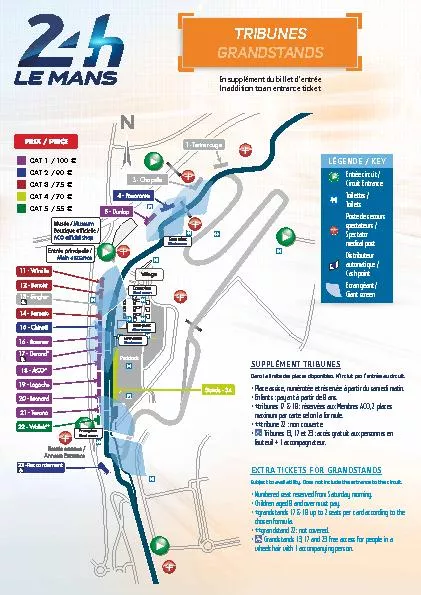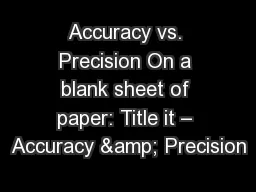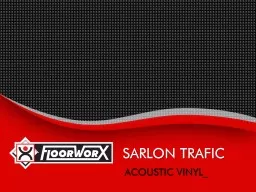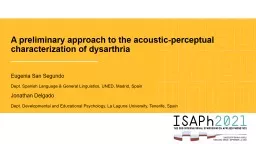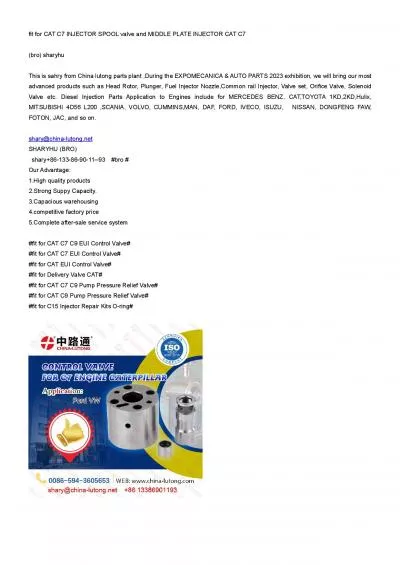PPT-CAT: High- PreCision Acoustic Motion Tracking
Author : karlyn-bohler | Published Date : 2018-03-22
Wenguang Mao Jian He Lili Qiu UT Austin MobiCom 2016 Why motion tracking Motionbased Games Virtual Reality Why motion tracking Support motionbased interaction Smart
Presentation Embed Code
Download Presentation
Download Presentation The PPT/PDF document "CAT: High- PreCision Acoustic Motion Tr..." is the property of its rightful owner. Permission is granted to download and print the materials on this website for personal, non-commercial use only, and to display it on your personal computer provided you do not modify the materials and that you retain all copyright notices contained in the materials. By downloading content from our website, you accept the terms of this agreement.
CAT: High- PreCision Acoustic Motion Tracking: Transcript
Download Rules Of Document
"CAT: High- PreCision Acoustic Motion Tracking"The content belongs to its owner. You may download and print it for personal use, without modification, and keep all copyright notices. By downloading, you agree to these terms.
Related Documents

